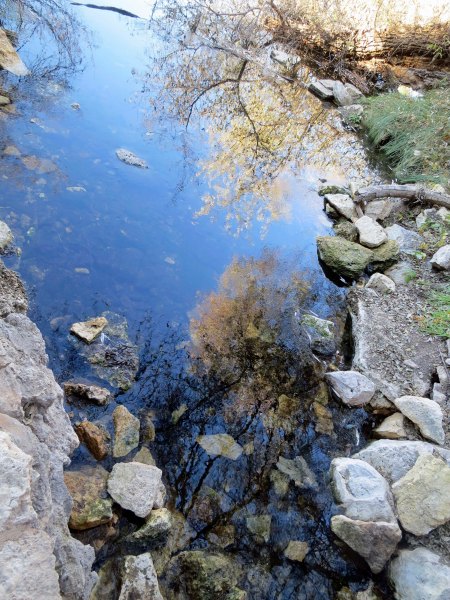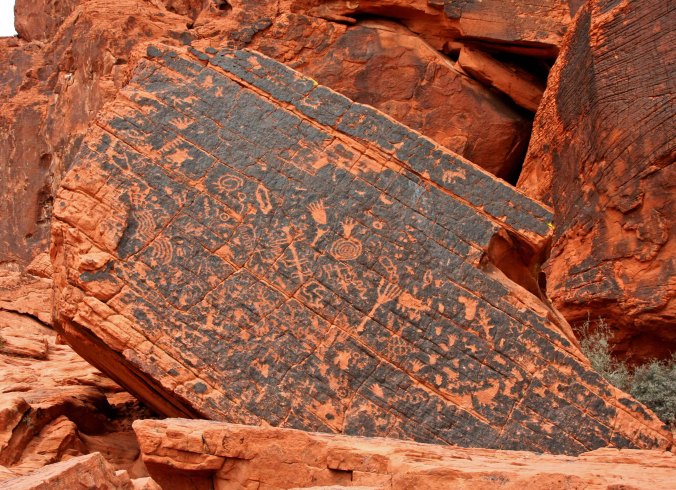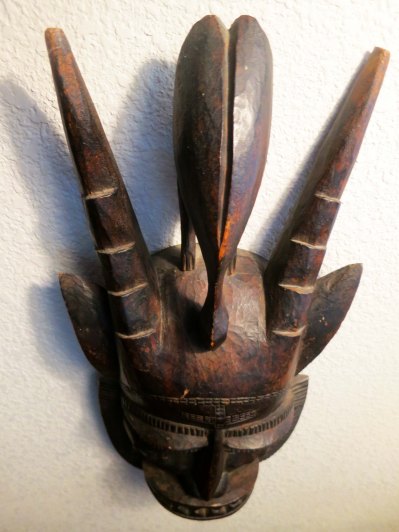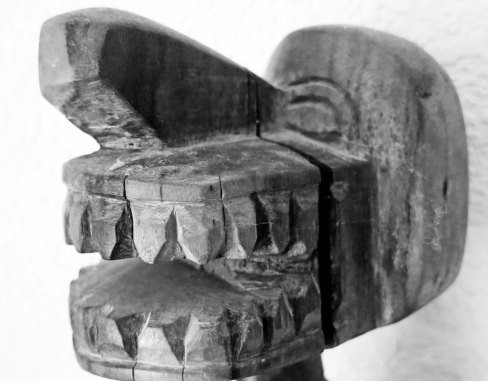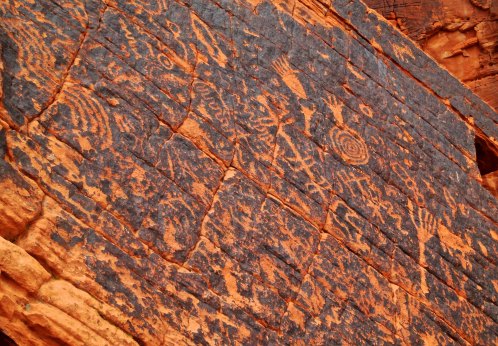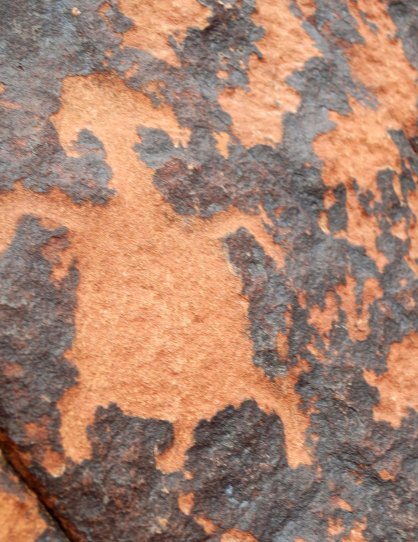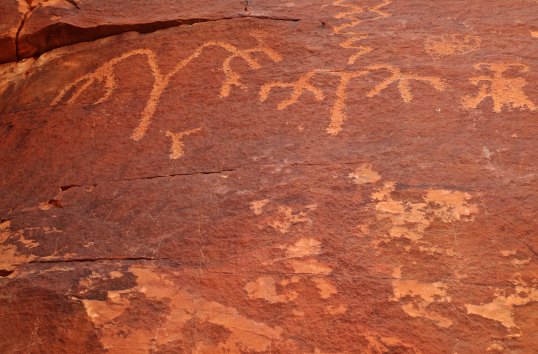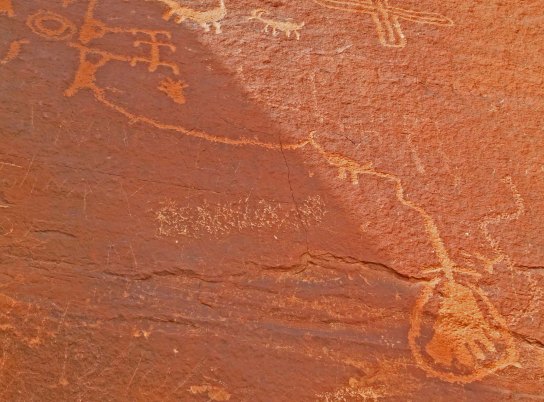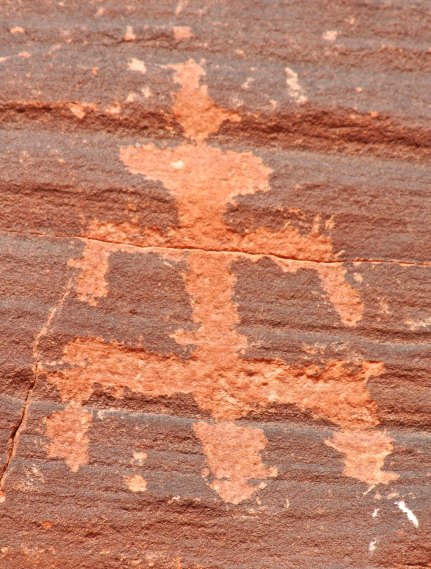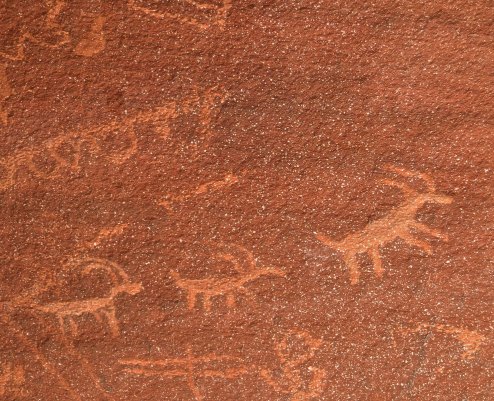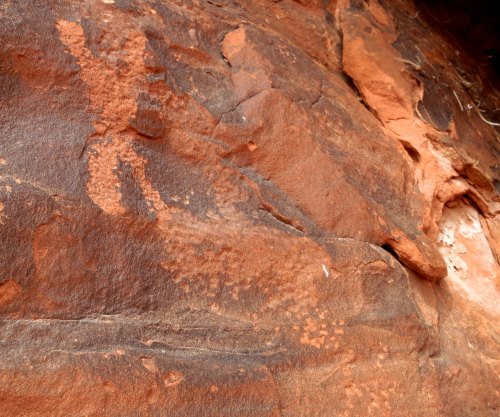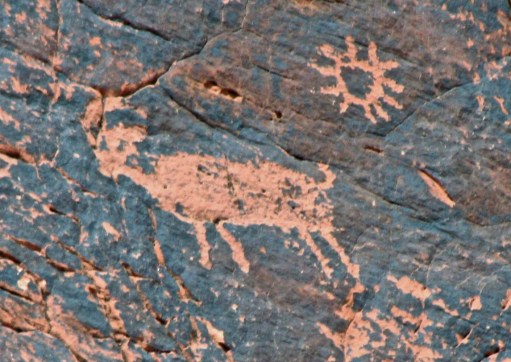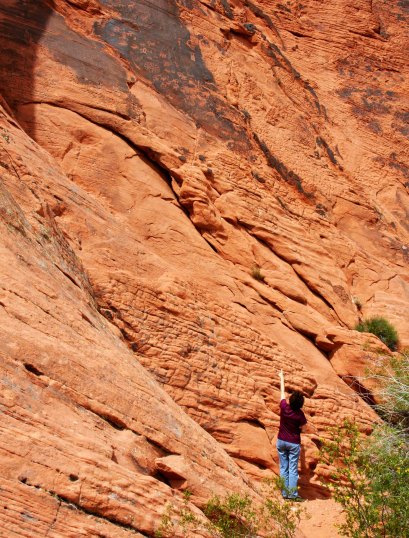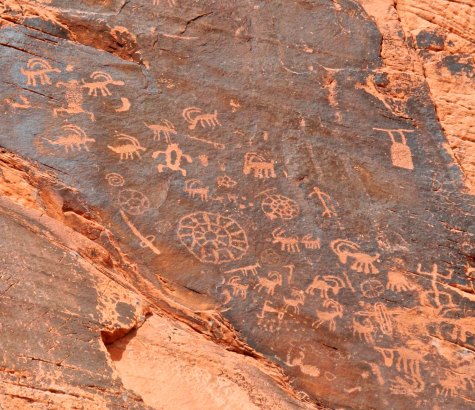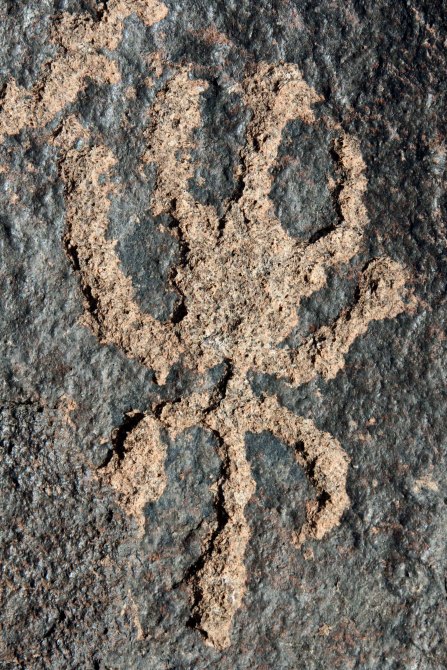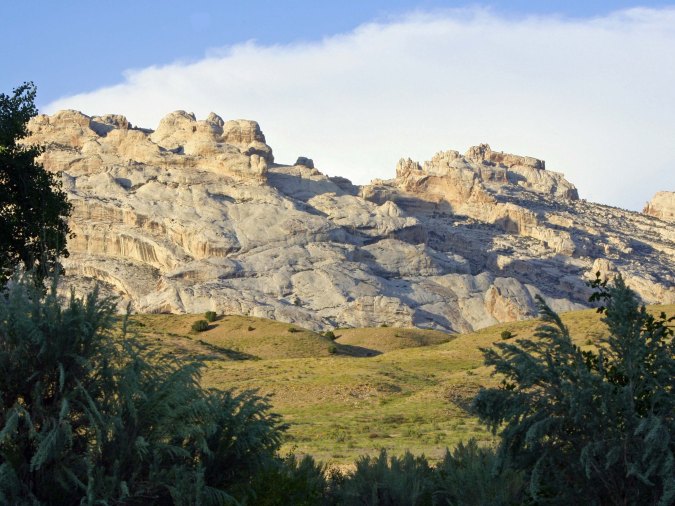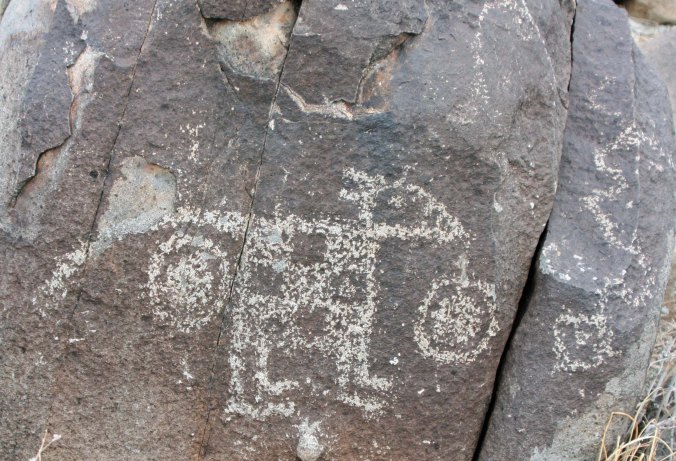
There are several mountain lion petroglyphs at the Three Rivers Petroglyph Site. Each one has his tail bent up over his back. I don’t have a clue why. And what’s with the arrow?
Peggy and I are still out wandering. So this is my third post revisiting the Three Rivers’s Petroglyph Site in southern New Mexico.
Hunting wild animals for meat provided an essential source of food for the majority of mankind’s existence. While the Jornada Mogollon people at the Three Rivers’ Petroglyph site cultivated corn, hunting remained a vital activity.

Arrows can often be found sticking out of Big Horn Mountain Sheep in petroglyphs. They were a major source of food in the South West.

The Big Horn Sheep petroglyphs at Three Rivers were some of the most sophisticated I’ve seen. It’s rare to see bodies filled in.

I took this picture of a Big Horn ram in Nevada. He was wondering if he should object to his photo being taken.
Success meant learning as much as they could about the animals that inhabited their desert world: where they lived, what they ate, where they drank, and what trails they used were all important. The Jornada were excellent trackers, able to read in a few scuffed tracks the story of who had wandered down a trail and what they were doing.

Tracking was a vital skill of Native Americans in hunting, or in being hunted. This was probably the track of a mountain lion.
There was a close, almost sacred, relationship between the hunter and the hunted. Clans assumed animal names and young people went on vision quests to discover which animal might serve as personal guides. Shamans put on animal cloaks and assumed animal personalities. The gods and the spirits of animals were both honored. (It helped assure they would be around at dinner time.)
Not surprisingly, the petroglyphs found at Three Rivers reflect the importance of the various animals in the life of the Jornada. We discovered numerous bighorn sheep and an unexpected number of cougars. There were also horses, rabbits and coyotes. Horses provided a radical new form of transportation; coyotes were known for their trickery; and rabbits provided an easy food supply.

This cougar came up to sniff us at a wildlife sanctuary in southern Oregon. He looked quite friendly but it was one of those instances I was glad I was on the other side of the fence.

I suspect he would have liked to have had this rabbit in the enclosure with him. Everyone, it seems, likes to eat rabbits. They would have been another important food source for the Jornada.

These two long-eared Jack Rabbits (hares) stopped by our house for a visit a couple of weeks ago. They wanted to know if we had a coyote free zone. I couldn’t make any promises so they moved on.

The arrival of the Spaniards to the New World in the 1500s meant that the Jornada had a dramatic new form of transportation available.

I’ll finish up with this happy songster. (Or maybe it’s not so happy. That could be an arrow.) My next post on Three Rivers is for the birds.



































